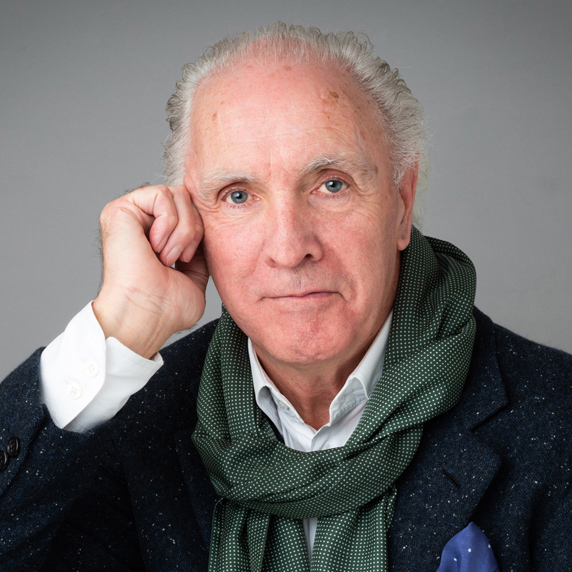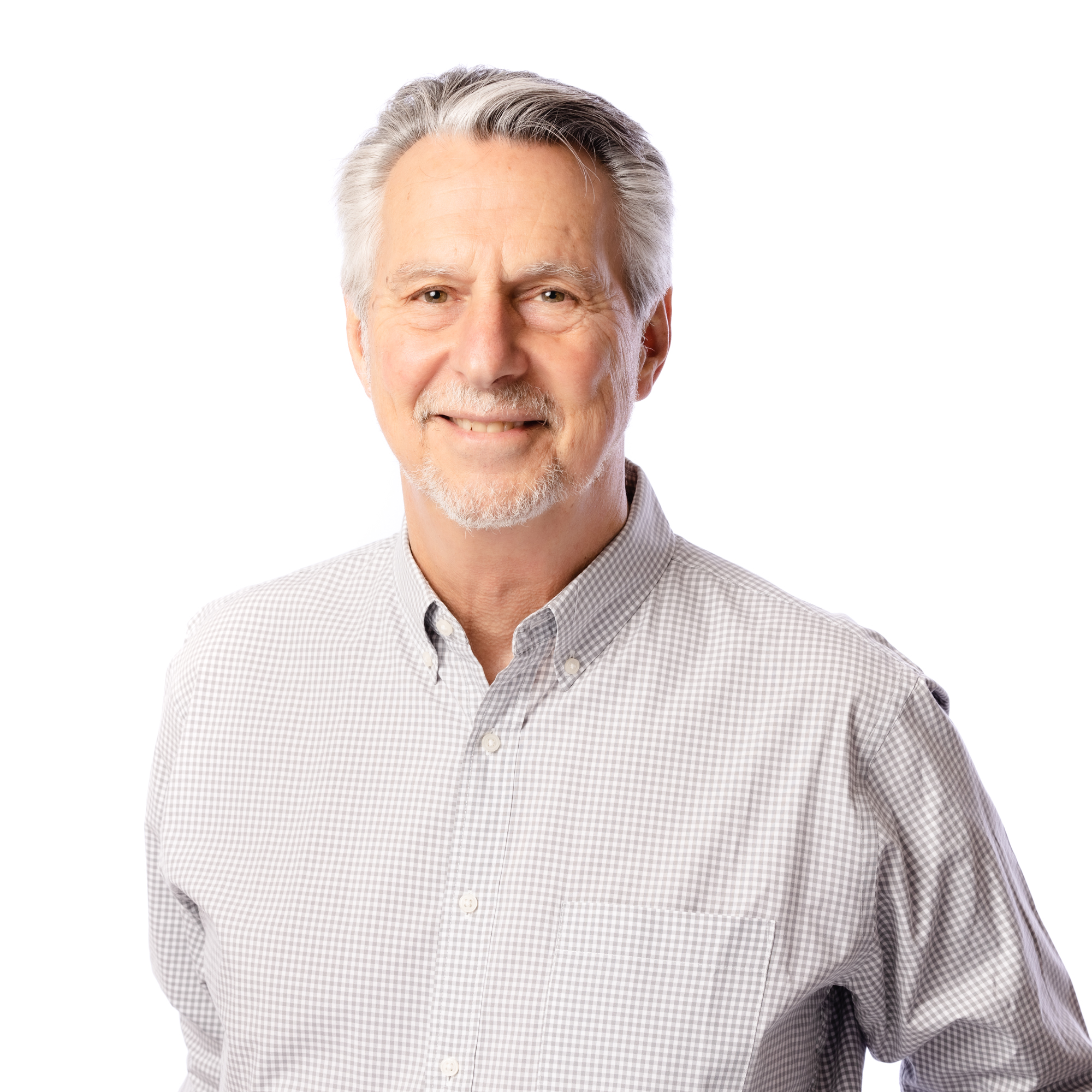In my lifetime, America has had a number of ‘health of the nation’ scares. The AIDS epidemic in the 80s and 90s, more recently the crisis with opioid dependency and the obesity epidemic. The combination of the physical and mental impact of being overweight can be seen on sidewalks in every town and city across America.
Historically American governments have buckled under consumer and celebrity pressure to declare emergencies and put help in place.
The AIDS movement had the movie star Elizabeth Taylor galvanising activists and lobbying both the Senate and President Bush to accept that action was needed, while over 10 million people misused opioid prescriptions in 2017, the year opioid dependency was declared a public health emergency, after huge consumer outrage.
It’s proving a challenging issue to tackle. Today, 70 per cent of drug-related deaths involved opioids – drugs that had been marketed as being non-addictive and safer than other painkillers, but whose abuse is proving catastrophic.
So action has been taken in relation to both AIDS and opiates and yet advocates have not yet been effective in driving interventions for the obesity epidemic.
It’s now estimated that 61 per cent of US adults – 70 million people – are obese or overweight, while 99 million are overweight, so is this not also a public health emergency and why is no action being taken?
Shocking statistics
The US population continues to get heavier – data from the Centre for Disease Control (CDC) shows obesity rates have increased each year since the initial survey over 40 years ago.
According to the CDC, 37 per cent of US adults consume fast food every day – that’s over 84 million adults in the last 24 hours, with even children aged 2- to 19-years-old estimated to be consuming at the same rate.
The food sector is driven by a huge lobby, making it a challenge for the activity sector to compete. In 2021 the Economic Research Service of the United States Department of Agriculture (USDA) valued the food service and food retailing industries at US$42.2tr. It also found that demand for food away from home has increased each year since the 80s, overtaking food consumed at home by an estimated 10 per cent. This contributes to obesity because eating out in the US generally has little portion control and no concept of less is more.
Fresh food is more expensive than fast food in the US too, meaning you can buy more calories for your money by eating fast food – something that drives the behaviour of the less well-off in a country where a lack of social support leaves many in desperate need.
Many Americans can’t cook and rely on pre-prepared food, further exacerbating the problem.
No wonder terminal and chronic illnesses are growing and life expectancy has declined for two years in a row – the biggest drop since 1943. Figures from the US National Centre for Health Statistics show average life expectancy was 78.79 years in 2019 and dropped to 77.3 in 2020. The largest economy in the world should be ashamed.
Sedentary behaviour is encouraged by every retailer, bank, restaurant, online delivery platform and coffee shop by removing daily activity as much as possible. Why get out of the car when you can ‘drive-thru’ or have ‘curb-side pickup’? Home delivery within minutes is offered via robot delivery trolleys and drones. Hotels, shops and offices have been designed around lifts, so finding stairs can be difficult. US PublicHealth.org estimates that only 20 per cent of jobs require physical activity.
Many Americans struggle to walk far, given much of the US is set up for the car, with no sidewalks in towns, meaning they getting little opportunity to do so. Cities are designed so people can drive in and drive out at home and at work, as well as when buying their burgers.
Scale of the challenge
It doesn’t take long if you watch US multi-channel TV to see what the US$30bn fitness industry is up against when you recognise that two immovable forces – health care (including pharmaceuticals) and the food industry are involved and then you layer on 60 years of urban design which has focused on the automobile.
It’s estimated that there are over 750,000 companies in the US$4.3tr healthcare industry and healthcare costs are two times higher in the US than in the rest of the world.
The biopharmaceutical industry – valued at US$625bn – makes up over 3 per cent of US GDP, while the US pharmaceutical industry accounts for up to 48 per cent of the total global pharma market by sales. Just in the US, US$6.5bn was spent on pharma advertising in 2018 (the latest available figures) and over the past 12 years, the sector has paid out over US$9bn in legal claims and over US$6bn in Opioid mis-selling claims.
IHRSA lobbying
Against this backdrop, IHRSA released a press statement and research report (IHRSA Global Report – The State of the Health Club Industry 2022), estimating that 66.5 million people in the US are members of private fitness clubs, directly adding $100bn a year to the economy.
IHRSA’s statement condemned the US Senate for failing to pass a bill called the GYMS ACT (www.HCMmag.com/GYMSact) that would have provided US$30bn in pandemic relief to the fitness industry. The bill was only eight votes short of passing, but opponents said it would have a detrimental effect on the federal deficit and inflation. There was no mention of the detrimental impact on the health of the nation.
The US government, similar to that in the UK, had decided during the pandemic that the industry was ‘non-essential’ and so offered little or no support. It seems that the KPIs that are important to the industry are of little interest to governments.
Fitness industry priorities
Many speakers at the recent IHRSA convention in Miami (www.hcmmag.com/IHRSA22) believe there’s a trillion-dollar business opportunity in helping the 80 per cent of the population who are not members of gyms to lead healthier lives and many suppliers think part of the solution is getting the 20 per cent who exercise to move more often.
Examples of how patients with lifestyle diseases improved with exercise were provided and the KPIs mentioned in these sessions resonate with the industry being more aligned with the health sector and being able to collect and use data on biometrics – behavioural and medical – for each member.
Los Angeles 2028
Professional sports use this kind of data constantly to improve performance, and the greatest collection of athletes will be in Los Angeles for the summer Olympics in 2028.
America loves a challenge, and it should take this opportunity to set out to achieve something no other host Olympic nation has ever done – increase participation, activity and fitness levels and in so doing, improve the health of the nation.
The UK is currently celebrating the 10th anniversary of London 2012 with retrospectives on what worked and what didn’t. The government of Tony Blair, the prime minister who brought the Games to London, had far-reaching plans to use the event as a springboard to a healthier nation, including putting sport at the heart of education and communities and increasing activity, with the obvious benefits of improved fitness. Yet there was no champion to make this happen and the soft legacy of increasing participation didn’t match the success of the hard facility legacy.
In LA there will be four ‘sports parks’ deployed during the Olympics using existing buildings and indoor and outdoor stadiums – mostly privately funded. LA28 will be the only Olympics where no new permanent construction is required, so that leaves the emphasis on the soft legacy. At the core of the LA28 mission is the belief that sport changes lives. Prove it.
Fitness changes lives too, it just needs to provide the evidence. Perhaps America can lead the way in delivering evidence-based improvements so that other countries can emulate this?
The climate challenge
Delivering outdoor sport safely is difficult when US summers are becoming hotter, longer and more dangerous. Scientists from the National Oceanic and Atmospheric Administration say the average summer temperature in the past five years has been warmer than it was from 1971 through 2000.
Reno is now the fastest warming city in the US. Heat waves are arriving more frequently, more intensely and earlier in the year. Europe and the UK have hit new highs in 2022 as well. We’re living in the hottest period for 125,000 years according to the UN’s climate science body the Intergovernmental Panel on Climate Change (IPCC).
The Nobel Peace Prize in 2007 was awarded jointly to the IPCC and Al Gore for their work on Climate Change and the Academy Award for Best Documentary Feature went to Al Gore’s film An Inconvenient Truth. Both the IPCC and the film have been credited with raising international public awareness of global warming, but 15 years later, not enough has been done.
I wrote an article on this subject in Health Club Management Issue 8 2021 ahead of COP26 in Glasgow (www.hcmmag.com/MintonCOP26). Al Gore, US vice president from 1993 to 2001, campaigned for climate change, supported by President Clinton who spoke on the White House lawn 22 October 1997 on the need to reduce greenhouse gasses. Twenty-five years later the new documentary series Big Oil v The World (BBC Two and on iPlayer www.hcmmag.com/BigOil) gives a forensic account of how oil and gas companies have been knowingly killing the planet for 40 years and how they collectively agreed to finance a misinformation campaign to persuade the public that climate change didn’t exist.
Climate change is real, and here to stay. It’s now on every company and government’s agenda, along with the mis-selling of addictive drugs. So will a team of celebrities, social media channels, technology companies, food and health care companies work together towards LA28 and achieve the impossible for the fitness and activity industry too?


























































